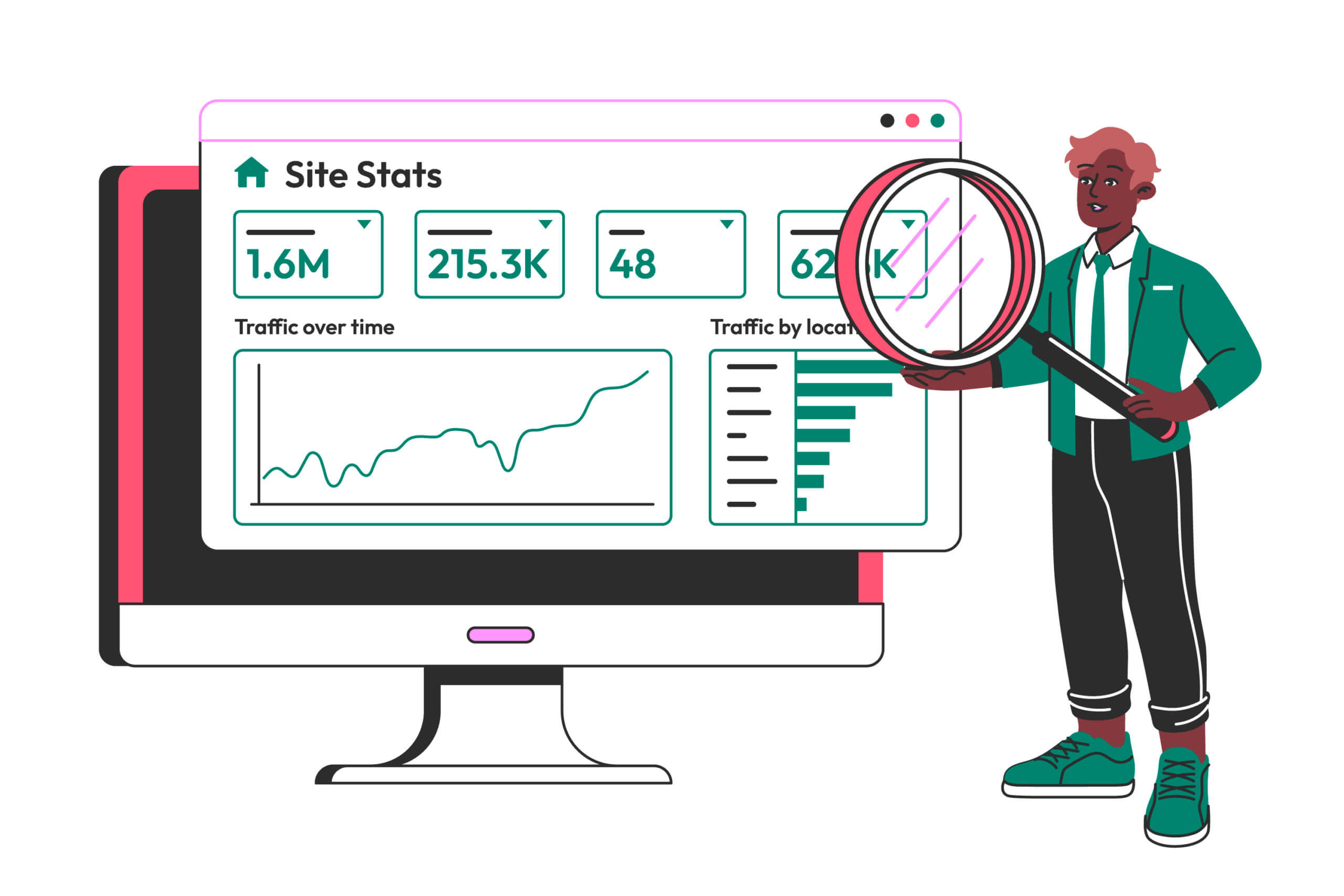
Introduction
In today’s digital landscape, data has become a valuable asset for businesses. By leveraging analytics and adopting a data-driven approach, businesses can make informed decisions and develop effective marketing strategies. In this article, we will explore the importance of data-driven decision making and how businesses can utilize analytics to optimize their marketing efforts.
1. Collecting and Analyzing Relevant Data
The first step in data-driven decision making is collecting and analyzing relevant data. This includes gathering data from various sources such as website analytics, social media platforms, customer surveys, and sales records. By analyzing this data, businesses can gain insights into customer behavior, preferences, and trends, allowing them to make informed marketing decisions.
2. Identifying Key Performance Indicators (KPIs)
To effectively measure the success of marketing strategies, businesses need to identify and track key performance indicators (KPIs). KPIs can vary depending on the goals and objectives of the marketing campaign but often include metrics such as website traffic, conversion rates, customer acquisition costs, and customer lifetime value. By monitoring KPIs, businesses can assess the effectiveness of their marketing efforts and make data-driven adjustments as needed.
3. Segmenting and Targeting Audiences
Data-driven decision making enables businesses to segment their target audiences based on various criteria such as demographics, behavior, and preferences. By analyzing data, businesses can identify specific customer segments that are most likely to engage with their marketing messages and convert into customers. This allows for the creation of targeted and personalized marketing campaigns that resonate with the intended audience.
4. Optimizing Marketing Channels
Data-driven decision making helps businesses identify the most effective marketing channels for reaching their target audience. By analyzing data on customer behavior and engagement across different channels, businesses can allocate resources to channels that yield the highest return on investment. This optimization ensures that marketing efforts are focused on channels that generate the most significant impact and maximize the reach and engagement of the target audience.
5. Testing and Experimentation
Data-driven decision making encourages businesses to adopt a culture of testing and experimentation. By conducting A/B testing, multivariate testing, or other experiments, businesses can gather data on different marketing strategies and tactics. This data allows them to evaluate the performance of various approaches and make data-driven decisions on which strategies to implement and scale for optimal results.
6. Predictive Analytics for Future Planning
Data-driven decision making goes beyond analyzing past performance. It also involves leveraging predictive analytics to forecast future trends and outcomes. By utilizing advanced analytics techniques, businesses can make data-driven predictions on customer behavior, market trends, and potential opportunities or challenges. These insights enable businesses to proactively plan their marketing strategies and stay ahead of the competition.
7. Monitoring and Iterative Improvements
Data-driven decision making is an iterative process that requires continuous monitoring and improvements. Businesses should establish regular reporting and analysis routines to monitor the performance of their marketing strategies. By identifying areas of improvement through data analysis, businesses can make iterative changes to their marketing approaches, ensuring that they align with evolving customer preferences and market dynamics.
Conclusion
Data-driven decision making is a powerful approach that enables businesses to optimize their marketing strategies and achieve better results. By collecting and analyzing relevant data, identifying key performance indicators, segmenting and targeting audiences, optimizing marketing channels, conducting testing and experimentation, leveraging predictive analytics, and embracing a culture of continuous monitoring and improvements, businesses can make informed decisions that drive success in the competitive landscape.

















